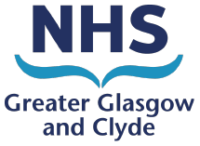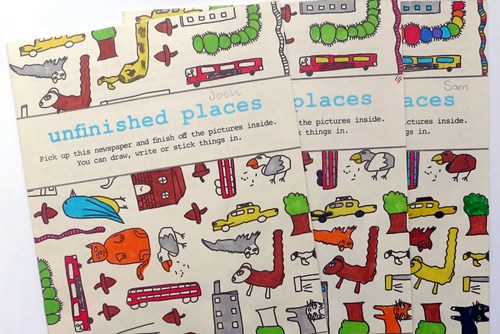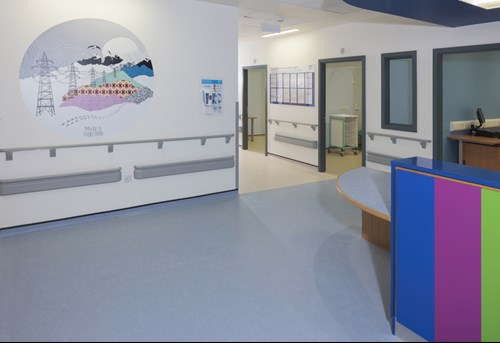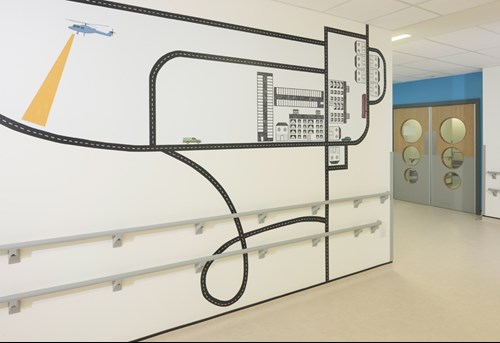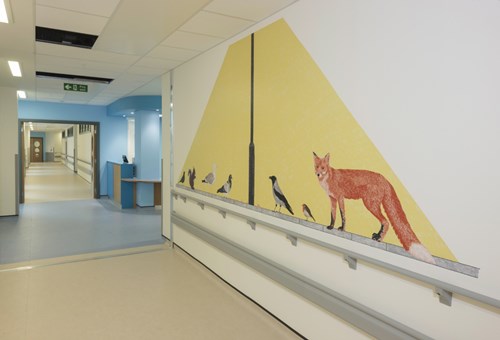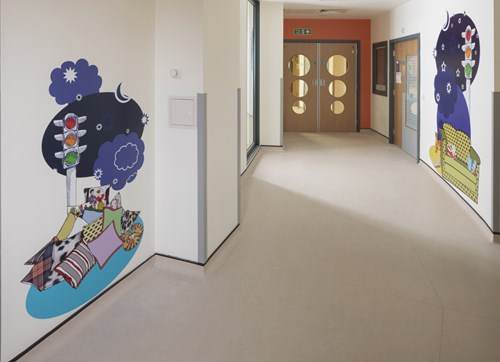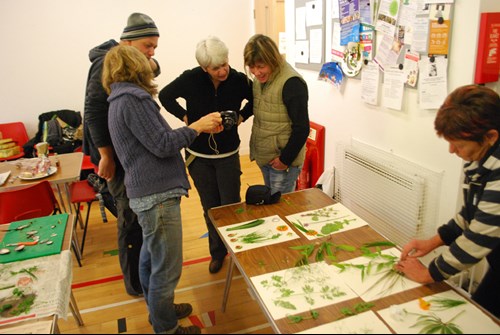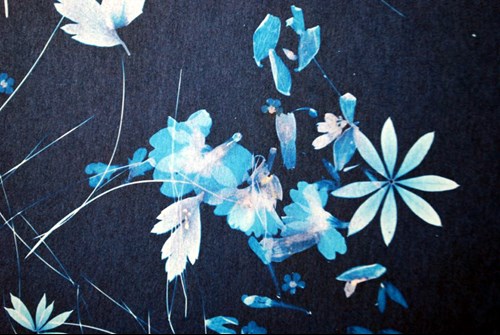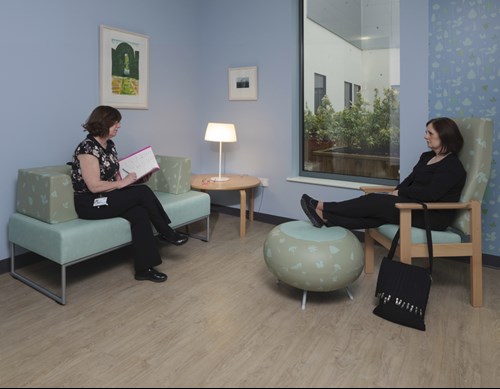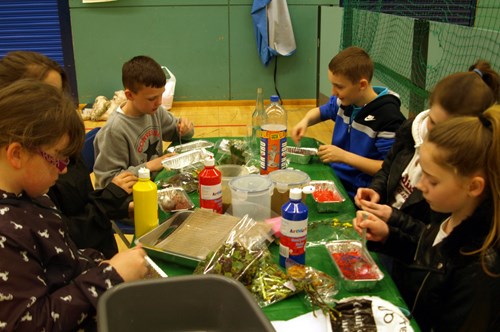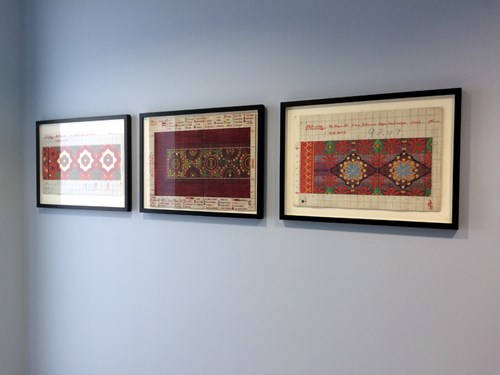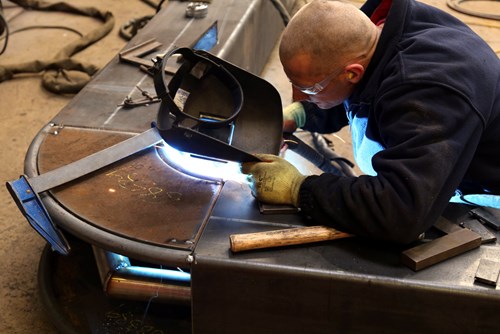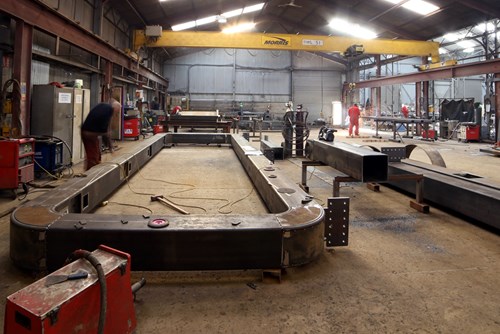The Information Management team is part of the Public Health Directorate.
The Information Management service enables public health and health improvement staff across NHSGGC to have access to high quality health information.
Resources
Books
A range of books on health improvement topics, public health issues and health management. There is also a variety of books covering general health and lifestyle issues, all of which are available to borrow.
Public Health and Health Improvement Resources
Our Public Health Resources Directory (PHRD) provides access to comprehensive information about the full range of public health and health improvement resources available to clients across Greater Glasgow and Clyde. The new system also provides an easy to use online ordering facility.
Features:
- Search or browse for resources
- Online ordering
- Preview and/or download (where available) pdf copies of resources
- Feedback and comment on resources
- Keep up to date with resource alerts
You will also find details of how to register and order resources along with guidelines on maximum quantities available to order for each resource on the site.
You should know that:
These resources are free of charge to people living or working in the NHS Greater Glasgow & Clyde area. To ensure they are used to their best advantage, these materials should be used in conjunction with group teaching or individual health counselling.
Sample copies of resources are available to preview at West House.
If you have any question contact:
Stor – a digital repository for Public Health
Stòr is NHS Greater Glasgow & Clyde’s digital repository for Public Health. It is a web based collection of published research and grey literature produced by and for public health in the NHS across Glasgow and Argyll & Clyde since the 1970s. All digital items can be accessed free of charge and in full text.
Journals
The Information Management team facilitates access to a wide selection of journals covering a range of public health, health improvement and management topics.
Print journal subscriptions are negotiated at a national level by NHS Education for Scotland (NES) and most titles are available to search and browse on the Knowledge Network.
This arrangement follows an extensive needs assessment and tendering process to ensure cost savings to NHS boards, increased access to journals and improved currency of journal collections to all health and social care staff in Scotland.
A back run of print journals, held in storage, is available for users to browse on request. Details of our print journals ( which cover health management, public health and health improvement) and their availability are available to download.
Inter-Library Loans
An Inter-Library-Loans and Document Delivery Service is available for NHSGGC Board staff. Before requesting a copy of an article, staff should check the Knowledge Network to see if the desired article is available online. For articles which cannot be accessed via the Knowledge Network, staff should complete the Document Delivery form and return it to a member of IM staff. To arrange a book loan please complete the Inter-Library-Loan form and return it to IM. For further information on this or any other service please contact us at:
perl@ggc.scot.nhs.uk
The Knowledge Network replaced the NHS Scotland e-library as of the 1st March 2011 and provides access to more than 6000 full text journals. The Information Management team offers training in how to use the Knowledge Network either in group settings or individual drop-in sessions. Contact us to discuss training to any other aspect of the Knowledge Network.
e-Tables of Contents
The Information Management team can arrange for NHSGGC Board staff to receive the contents pages of journals via email. Theses journals may be in physical or electronic format; this service can be organised for any title for which the publisher makes this service available. Please contact us for further details: perl@ggc.scot.nhs.uk
Services
Literature Search
The service
Literature searching is a process to locate reliable, appropriate and current evidence on a specific topic. Qualified information professionals conduct literature searches for NHSGGC staff on public health topics.
The search
A literature search consists of a search of several biomedical databases (such as Medline, Embase and the Cochrane Library) and may also include subject gateways, the Internet and/or the holding of other libraries. The PHRU IM team offer five search types:
- Rapid review (24hr turnaround, for outbreak support, media/FOI enquiry etc) – contact the IM team directly
- Ad hoc / enquiry answering (1 week turnaround, brief update on specific topic/subject)
- Standard (2 weeks turnaround, database(s) search to meet general/generic information needs)
- Standard combined (3 weeks turnaround, database(s) and grey literature search to meet general/generic information needs)
- Advanced (4-5 weeks turnaround, to inform top level projects)
How to request
To request a literature search complete our online literature search request form or contact us to discuss your search requirements.
Search results
Search results are emailed and contain: the databases searched, the terms used, the limits applied, and a list of references (with abstracts if available). Sourcing full text documents is a separate process and IM staff can assist in this process.
Training
The IM team also offer training on how to literature search and use the Knowledge Network. Contact the IM team if you would like to discuss training.
Clear to All – Guide to creating effective and accessible information
Interactive SWAYs to guide you through some of the services we offer.
Contact Us
West House, Ground Floor
Gartnavel Royal Hospital Campus
1055 Great Western Road
Glasgow
G12 0XH
Tel: 0141 201 4915/4540
Email: perl@ggc.scot.nhs.uk
